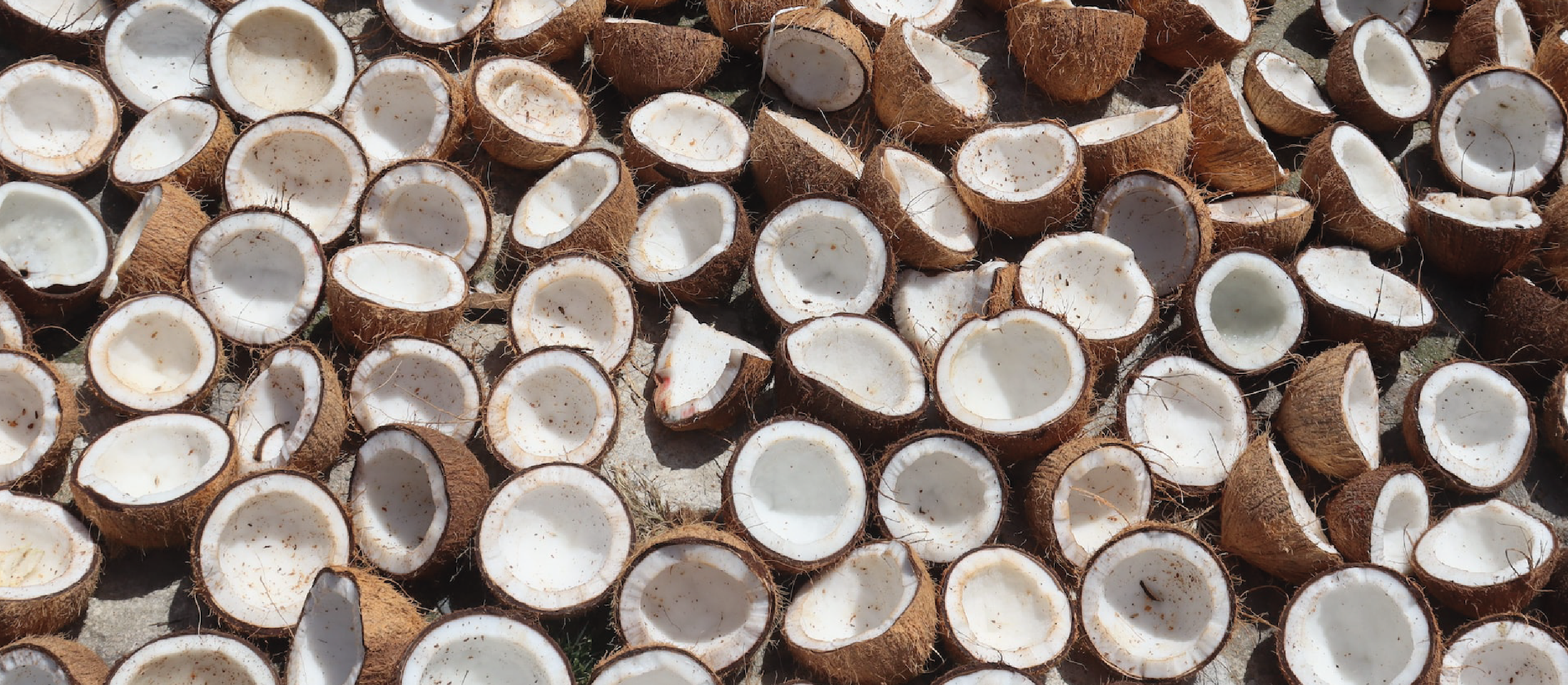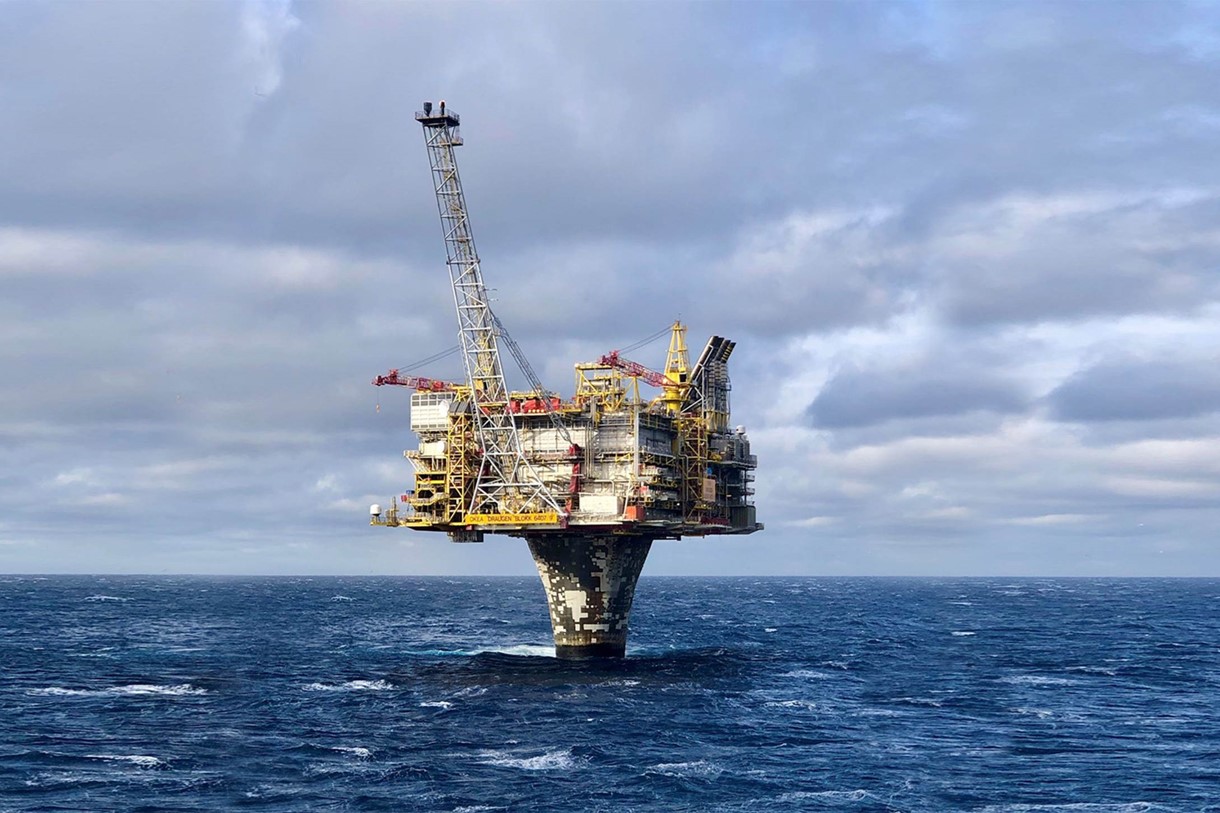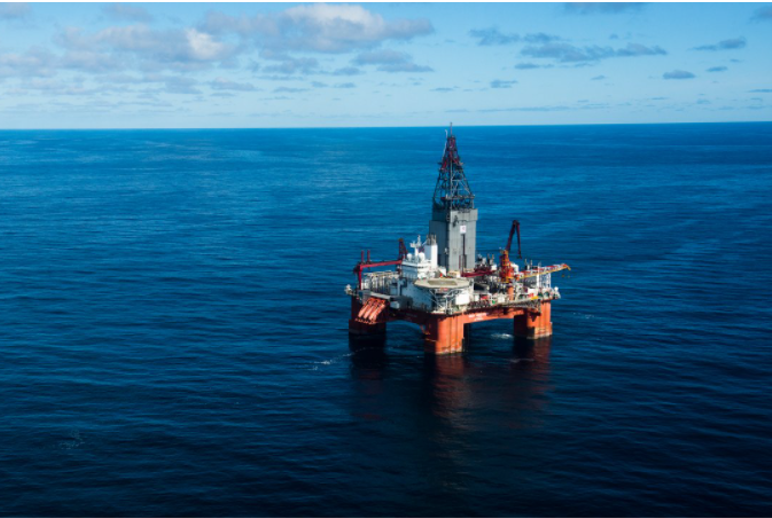This week, FORCE organised the Underexplored Plays IV Conference, which took place in online format on Wednesday and Thursday.
Attended by around 120 people from the exploration community, one of the activities on the agenda was a group survey on four key prospects that are going to be drilled or are in the process of being drilled this year. These four prospects were Edinburgh, Cambozola, Oswig East and Ginny.
The audience was presented with a brief overview of the geology and play elements associated with each of these prospects and was subsequently asked to cast a vote on Reservoir, Trap, Source/Migration and Seal/Retention, which could subsequently be amalgamated into a Chance of Success (COS) as expressed by the audience.
The table below summarises the results, which also include the COS these prospects were given by the operator. It needs to be noted here that the COS for the Edinburgh prospect represents the one Maersk used before Shell took over, so it is unknown how Shell ranks the prospect that is going to be drilled when the Jaws exploration well in the UKCS has completed.

Operator confidence
The first interesting thing to note is that the COS resulting from the vote is lower in each case than the operator’s estimate. Does this represent a systematic over-confidence by the operator? It would be interesting to perform this exercise on more wells and subsequently compare the statistics with post-drill results to see which group is closer.
Cambozola
When looking at the risking results of the individual play elements of these prospects, it can be seen that the Cambozola prospect is thought to carry the highest risk with reservoir and trap being particularly challenging. Knowing that the prospect is a Cretaceous deep-water fan prospect in the Norwegian Sea, this is what can be expected. The operator’s COS also reflects this, and is also the closest to what the community estimates the COS is.
Cretaceous reservoirs are mostly thin and traps are often very subtle and rely on stratigraphic pinch-outs. Drilling in the Cretaceous play of the Norwegian Sea last year proved the risky nature of these reservoirs, with the Black Vulture appraisal well being dry but at the same time the Egyptian Vulture prospect drilled a little later turned out to be a success.
The winner is….
Whilst both Oswig East and Edinburgh share the same operator COS, it is clear that Oswig East is the favourite amongst the group of explorers attending the webinar. While there is a reasonable level of confidence on all play elements, it is particularly interesting to see that the trap is thought to carry the least amount of risk. The prospect represents a series of tilted fault blocks downflank from the Tune and Oseberg fields that do rely on an element of fault sealing.
Let’s compare the results of this survey with the outcomes of the wells as the results come in throughout the year.
HENK KOMBRINK
Thanks to Mathias Dahl Venberget from Lundin Energy for sharing the results of the vote.





